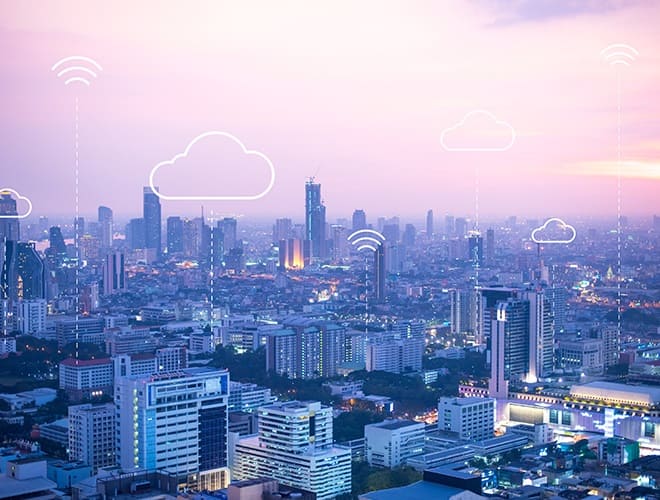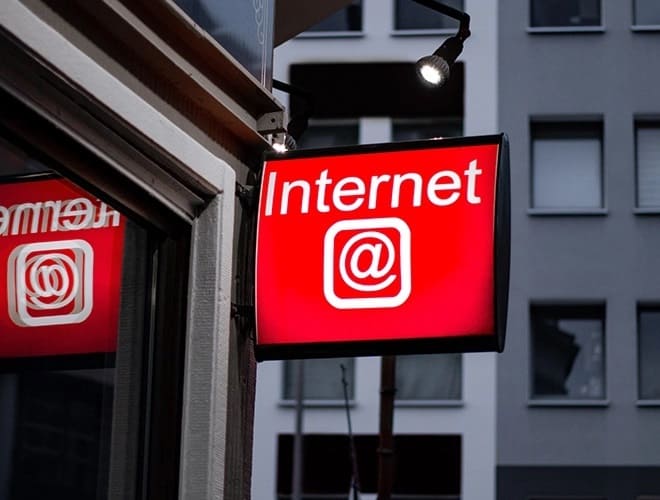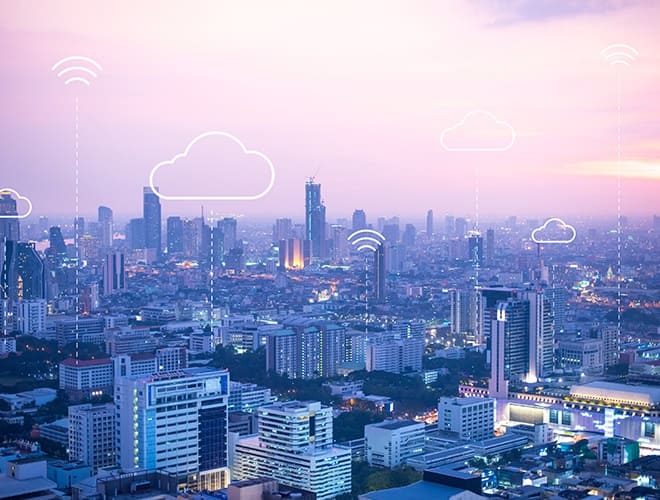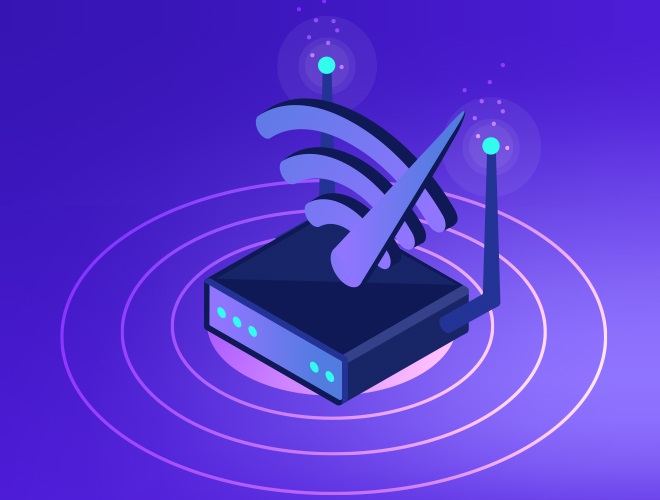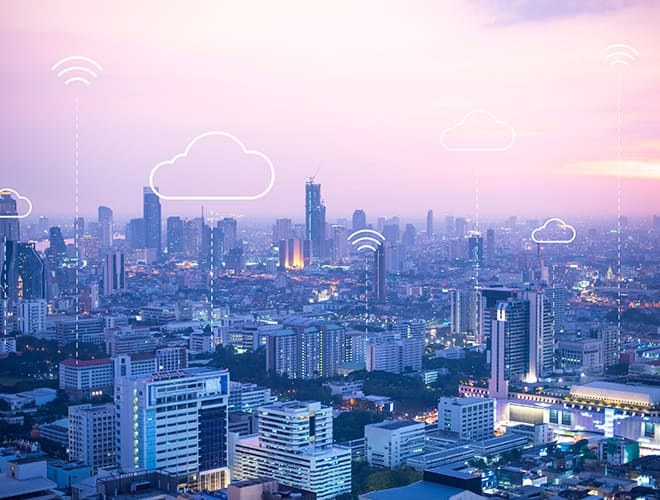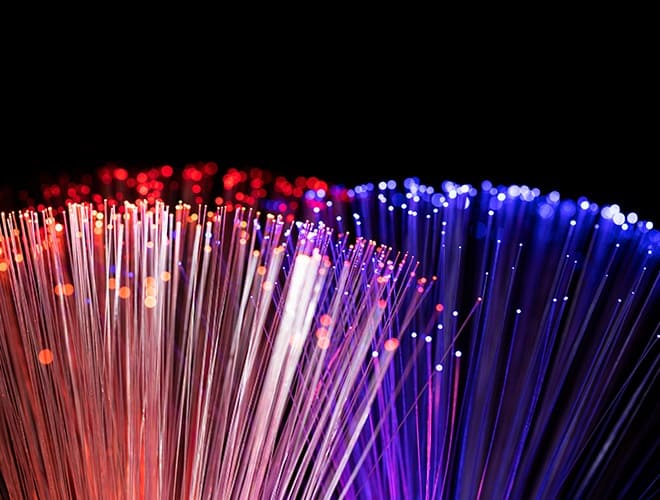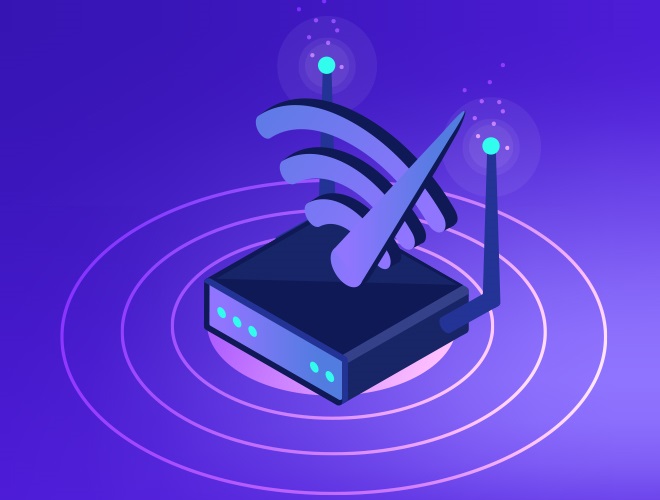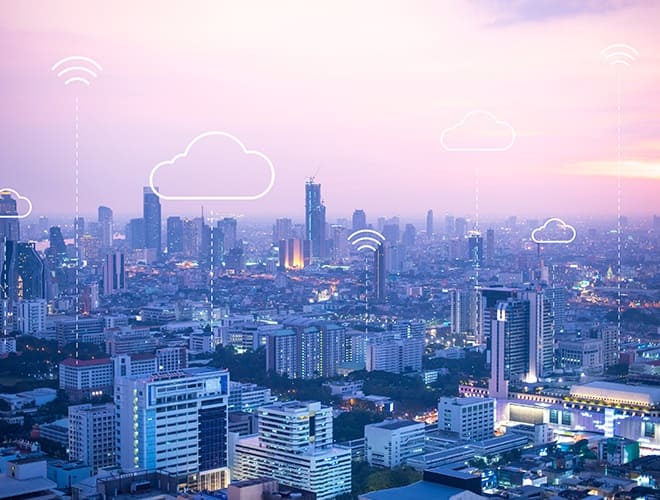What is Broadband:
In today's digital age, the internet has become an integral part of our lives. The internet has improved the convenience of our lives in more ways than one, from streaming movies to online shopping. But not every internet connection is made equal. Even the most straightforward tasks might be challenging for some connections because they move slower and more inconsistently than others. In this situation, broadband networks come to the rescue. This article will answer questions like, "What is broadband anyway?" and “What is a broadband connection?”
Broadband Meaning:
Compared to ordinary, traditional connections, broadband is a sort of always-on, high-speed internet connection that allows for faster data transmission. Broadband is an ideal solution for high-bandwidth applications like downloading large files and streaming audio and video due to its capacity for simultaneously delivering huge volumes of data.
Unlike dial-up connections, which need a phone line, broadband connections can access the internet using a variety of technologies, including cable, DSL, fibre optics, satellite, and wireless. In a nutshell, broadband is the internet's express lane, allowing for lightning-fast web browsing, email, and streaming of our favourite shows.
What is Broadband Connection:
Broadband comes in various forms, each with its own unique features and advantages. Here are the most common types of broadband connections:
-
Cable: Cable broadband utilises the same infrastructure as cable television, making it broadly available. It offers rapid download speeds and is suitable for households with multiple users.
-
DSL: The most common kind of data transmission over telephone lines is DSL, or digital subscriber line. The download speeds are frequently slower even though it is less expensive than cable.
-
Fibre optic: The fastest and most dependable type of broadband, fibre optic uses light to transfer data via glass fibres. Although it is typically a bit expensive, it is ideal for businesses and heavy internet users.
-
Satellite: Satellite broadband transmits data using a satellite dish, making it available in remote areas where other forms of broadband are not available. It is impacted by the weather and has slower download and upload rates than other types of broadband.
-
Wireless: Wireless broadband uses cellular networks to transport data, making it available everywhere. For instance, mobile internet is ideal for users even if it’s a bit more expensive and slower than other types of internet.
How Broadband Works:
High-frequency radio waves, coaxial cables, or fibre optics are used to transmit data while employing broadband. Your modem gets the request when you upload a file to a website or send a message, and it converts the signal into a digital format for internet transmission. The signal from your modem is sent to your router, which could be your computer or phone.
Moreover, the router receives incoming data and sends it to the appropriate device. Broadband links provide quicker data transmission by simultaneously sending several signals. This entails that you won't experience lag or buffering while downloading files, streaming videos, or browsing the web.
Benefits of Broadband:
Broadband has become indispensable in our daily lives due to its numerous benefits. Some of the top benefits of broadband are as follows:
-
Faster speeds: In comparison to traditional-up connections, broadband offers substantially quicker download and upload speeds, making it simpler to access and exchange data.
-
Enhanced quality: You may stream your favourite high definition TV shows and movies without having to wait for them to buffer thanks to broadband's higher-quality audio and video streaming.
-
Increased accessibility: No matter where they are, consumers can easily access online information and services thanks to broadband.
-
Economic benefits: By fostering job development, boosting productivity, and facilitating easier access to online markets, broadband can promote economic expansion.
Challenges to Broadband Access:
Despite all of its benefits, some people still have trouble utilising the internet via broadband. Some of the major obstacles to broadband connectivity are as follows:
-
Rural areas: Broadband infrastructure in rural locations may be limited or nonexistent, making access to high-speed internet challenging.
-
Low-income households: Broadband services can be expensive, making it difficult for low-income households to afford them.
Notwithstanding these obstacles, initiatives are being taken to enhance broadband access in disadvantaged areas. We can make sure that everyone gets the chance to benefit from this crucial technology by investing in broadband infrastructure and putting forth policies that promote affordability and accessibility.
The Future of Broadband:
Given the ongoing emergence of the latest technology and discoveries, broadband has a bright future. Here are some of the trends influencing the development of broadband:
-
5G: The fifth generation of cellular technology, or 5G, provides greater capacity, less latency, and quicker speeds than the generations before it.
-
Internet of Things: The term "Internet of Things" refers to a network of actual physical items that are connected to the internet, like smart home equipment and wearable technologies (IoT). Broadband can significantly help in the growth of the Internet of Things.
-
Artificial Intelligence: Several sectors are being transformed by artificial intelligence (AI), and broadband will be necessary to serve the data-intensive applications that AI demands.
Conclusion:
Our lives are now more convenient and connected than ever because of the revolutionary changes brought about by broadband in how we access and share information. Broadband has developed into a necessary technology for organisations, homes, and individuals due to its great quality, accessibility, and speed.
Even though there are still obstacles in the way of everyone having access to the internet, efforts are being made to overcome these limitations. We hope this blog answered all of your questions associated with broadband connection meaning and its general impact.
FAQs:
-
Q: What is the difference between broadband and dial-up internet?
A: When compared to dial-up internet, broadband has download and upload speeds that are many times faster. In comparison to dial-up, broadband also delivers a more reliable and steady connection.
-
Q: Is broadband available everywhere?
A: Although there are initiatives to increase internet infrastructure, it is not yet available everywhere. Low-income households and rural locations might only have intermittent or no access to the internet.
-
Q: Can I get broadband without a phone line?
A: Yes, there are several ways to get broadband without a telephone line, including through cable, fibre optics, and satellite internet.
-
Q: Is broadband more expensive than dial-up internet?
A: While broadband internet services can be a bit more expensive than traditional dial-up internet, they offer much faster speeds and a lot more facilities. Nonetheless, a huge number of people can access it because there are numerous affordable and accessible broadband subscriptions available.
Popular Searches
Business Broadband Solutions | Best Broadband Plans in Bangalore | Best Broadband Plans in Mumbai | Difference Between Broadband and Wifi | Difference Between Fibre Optic and Broadband Internet | Leased Lines Over Broadband | Best Broadband Plans in Delhi | Best Broadband Plans in Gurgaon | Best Broadband Plans in Noida | Best Office Broadband Plans in Chennai






